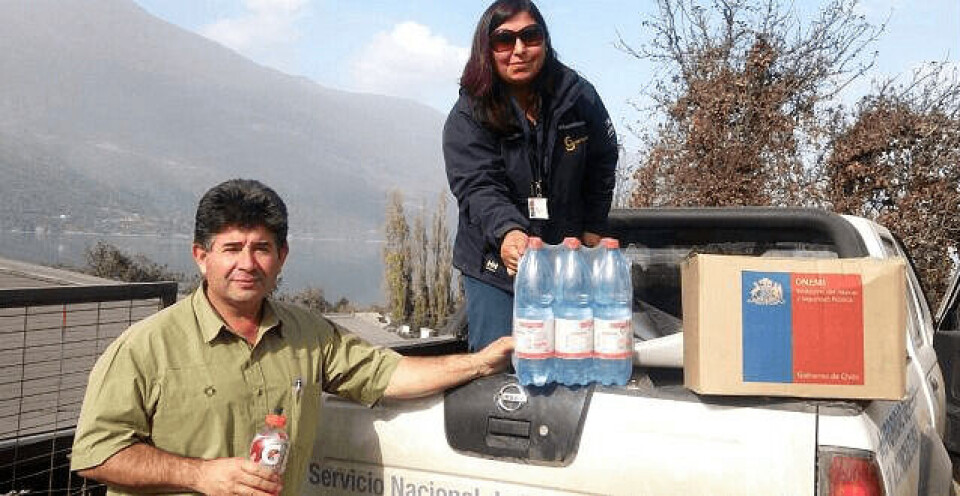
Plastic salmon concerns
Nobody travelling by boat or walking the shores of British Columbia (and elsewhere) can avoid seeing plastic waste floating around in different shapes and sizes.
Stories of off-shore blobs or “gyres” of such waste are common in local media, and a recent announcement by VanAqua provides more details:
For the first time, there is indisputable evidence that species at the bottom of the food web are mistaking plastic for food. According to a new study by Dr. Peter Ross, head of the Ocean Pollution Research Program at Vancouver Aquarium Marine Science Centre, tiny microscopic animals called zooplankton are ingesting plastic particles at an alarming rate. This could spell trouble for the entire aquatic food web.
In a scientific paper released June 12 in the international journal Archives of Environmental Contamination and Toxicology, Dr. Ross and his co-authors, Jean-Pierre Desforges and Moira Galbraith, report on microplastic particles found in two key species of zooplankton found in the Northeast Pacific Ocean: copepods and euphausiids. The findings show plastic in one out of every 34 copepods, and in one in every 17 euphausiids. This raises troubling questions about species that rely on these invertebrates for food, such as B.C. salmon.
“Zooplankton represent a critical energy source in the world’s oceans and a vital food for many fish and marine mammal species. Most salmon species feed heavily on copepods and euphausiids during their juvenile and adult life stages. The potential transfer of microplastics in the food web, from zooplankton to Pacific salmon that ingest them, would be a great concern given the importance of salmon in our regional ecosystems,” said Dr. Ross. “These particles could pose a serious risk of physical harm to the marine animals that consume them, potentially blocking their gut or leaching chemicals into their bodies.”
Microplastics refer to barely visible litter in the form of small fragments, fibres and granules. The microplastics found in the zooplankton were not the same as microbeads that are deliberately manufactured for use in exfoliants or toothpastes, but rather were from the breakdown of larger pieces of plastic or textiles.
It is estimated that juvenile salmon in the Strait of Georgia may be ingesting two to seven microplastic particles per day, and returning adult salmon are ingesting up to 91 particles per day. The Strait of Georgia is a crucial feeding ground for salmon, notably tiny smolts as they migrate out to the ocean.
Dr. Ross’ team also notes the data can be used to estimate what larger marine mammals might ingest based on their feeding rates on zooplankton. Using this method, they estimate a humpback, which is a baleen whale, could ingest more than 300,000 microplastic particles per day.






















































